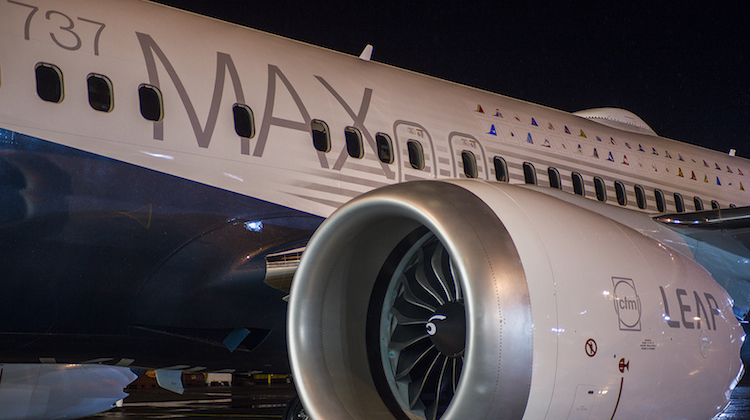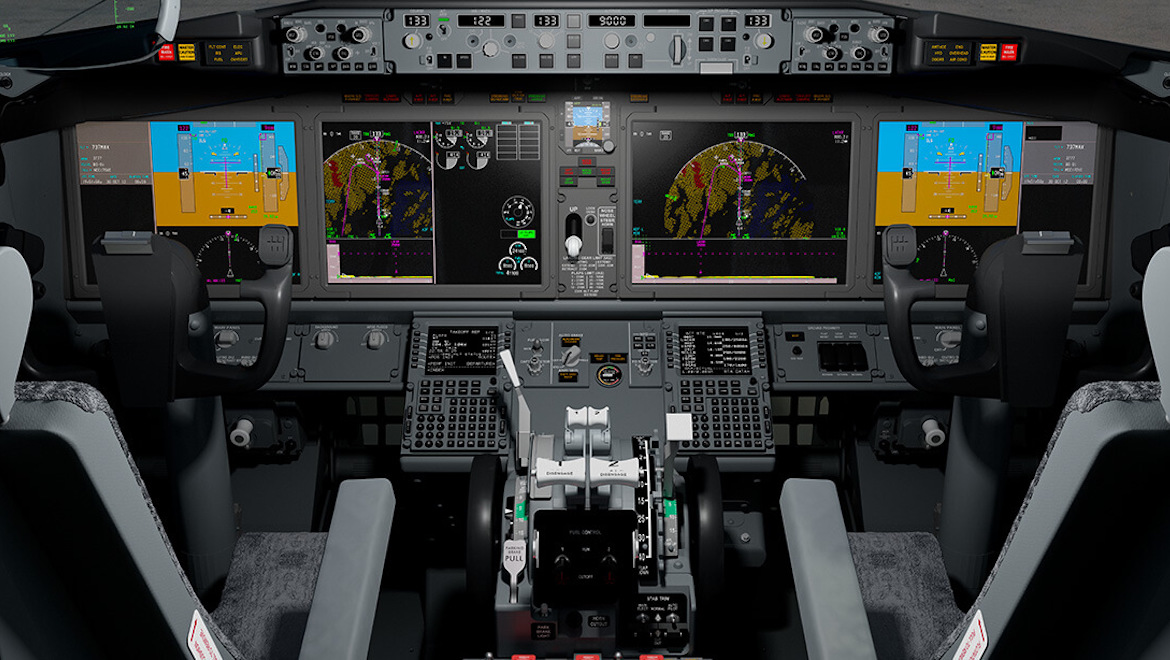
The United States Federal Aviation Administration (FAA) says it has found an issue with Boeing’s software fix for the grounded 737 MAX.
The FAA said in a statement on Wednesday (US time) it was continuing to evaluate Boeing’s software update to address an anti-stall feature on the 737 MAX that has been implicated in two fatal air crashes.
“On the most recent issue, the FAA’s process is designed to discover and highlight potential risks,” the FAA statement said.
“The FAA recently found a potential risk that Boeing must mitigate.”
#FAA Statement on the @Boeing #737Max. pic.twitter.com/pGIkjgnfpn
— The FAA ✈️ (@FAANews) June 26, 2019
The anti-stall feature, known as the Manoeuvering Characteristics Augmentation System (MCAS), was added to the 737 MAX as part of design changes to compensate for stall risk from the installation of larger engines further forward on the wing compared with previous 737 versions.
It tells the flight control system to change its Angle of Attack (AOA) downward if a stall risk is perceived.
Boeing has said previously the updated software provided additional layers of protection if the AOA sensors provided erroneous data.
The airframer began updating the software after the crash of a Lion Air 737 MAX 8 off Indonesia in October 2018.
Then, in March 2019, the 737 MAX fleet was grounded globally after an Ethiopian Airlines 737 MAX 8 crashed on March 10.
The two tragedies killed 346 people.
In a statement on Wednesday (US time) Boeing confirmed the FAA had found an issue with the software update.
“During the FAA’s review of the 737 MAX software update and recent simulator sessions, the Federal Aviation Administration (FAA) identified an additional requirement that it has asked the company to address through the software changes that the company has been developing for the past eight months,” the Boeing statement said.
“The FAA review and process for returning the 737 MAX to passenger service are designed to result in a thorough and comprehensive assessment.
“Boeing agrees with the FAA’s decision and request, and is working on the required software.”
Further, Boeing said addressing this condition would “reduce pilot workload by accounting for a potential source of uncommanded stabilizer motion”.

Boeing also referred to the software issue in a regulatory filing to the United States Securities and Exchange Commission on Wednesday.
The filing said the FAA had asked Boeing “to address, through the software changes to the 737 MAX that the company has been developing for the past eight months, a specific condition of flight, which the planned software changes do not presently address”.
“Boeing will not offer the 737 MAX for certification by the FAA until we have satisfied all requirements for certification of the MAX and its safe return to service,” the regulatory filing said.
American Airlines, Southwest and United have pulled the 737 MAX from their schedules until September.
In addition to the certification process for the MCAS software update, Boeing is also facing a class action from more than 400 pilots seeking compensation for financial and other losses following the global grounding of the Boeing 737 MAX fleet after the two fatal accidents.











